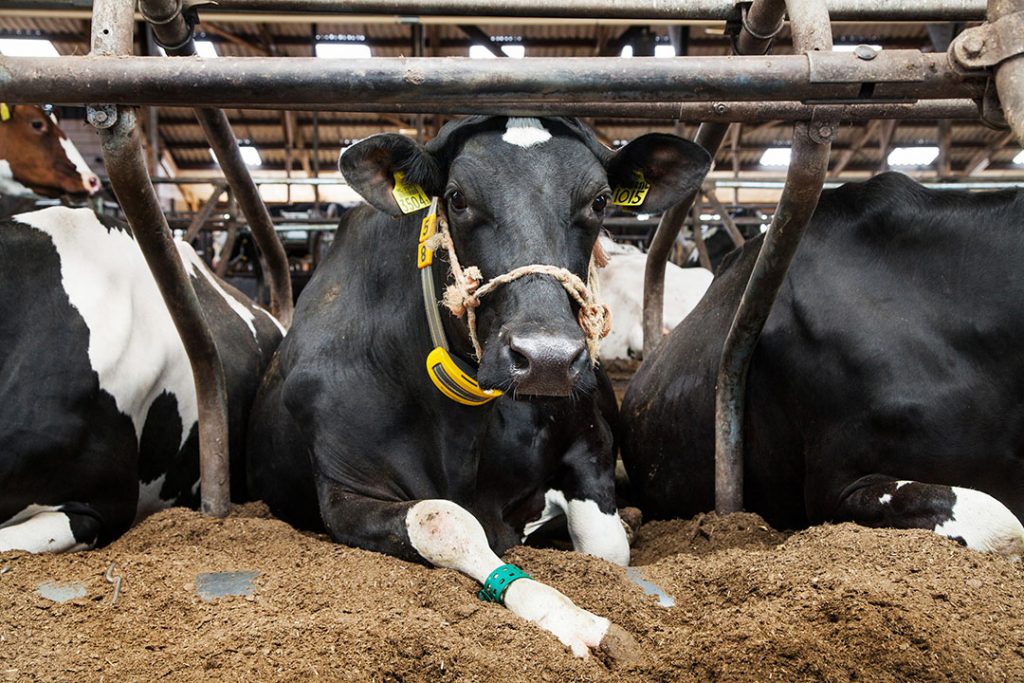Scientists teach robots to more accurately detect dairy disease
Lincoln University computer scientists have been part of modelling a way to better control and manage a disease which costs New Zealand dairy farmers $280 million a year.
Professor Sandhya Samarasinghe, and Professor Don Kulasiri, were among the co-authors of a study* conducted with data from a commercial robotic dairy farm which designed and built a computational model to help efficient and accurate detection of mastitis in dairy cattle herds.
The robot milkers use sensors to detect the disease.
The study posited their performance could be improved significantly by decreasing the number of false positive cases they picked-up.
A deep neural network (DNN) was used to build, train and validate a classification model using variable combinations, including variables that have not been studied before.

The model met ISO (International Standards Organisation) minimum limits while outperforming other past neural network models and reduced the problem of false positive alerts to just 3%, (false negative to 1%) while maintaining a very good capability of detecting clinical cases within the herd.
Dairy cattle mastitis is considered as one of the most notable and costly diseases in dairy industry worldwide; this disease severely affects dairy cattle and results in a costly cattle treatment, and causes a huge decrease in milk produced from sick cows.
Accurate mastitis detection helps cut treatment costs, control the disease, retain milk production levels and maintain milk quality grade. In addition to cutting financial costs, efficient detection helps protect cows and relieve them of the pain of mastitis.
The total mastitis cost to dairying includes the drop in milk production, low-grade milk quality, cattle treatment cost and other costs.
Research data were collected from a commercial Voluntary Milking System (VMS) dairy farm with 24 DeLaval robots, milking around 1900 cows in a single 13,000m2 barn for one year. During that period, the total number of recorded milking instances was more than 1.1 million.
Neural networks Mastitis detection models presented in previous studies were built using data collected from research dairy farms (conventional or robotic), using small herds (100-400 cows).
The authors said their model being built and tested against data collected from a large-scale commercial dairy farm, made it “more realistic and representational”.
*Detection of dairy cattle Mastitis: modelling of milking features using deep neural networks (available on request)
Professor Sandhya Samarasinghe is head of The Complex Systems, Big Data and Informatics Initiative (CSBII)
Professor Don Kulasiri heads the Centre for Advanced Computational Solutions (C-fACS)



